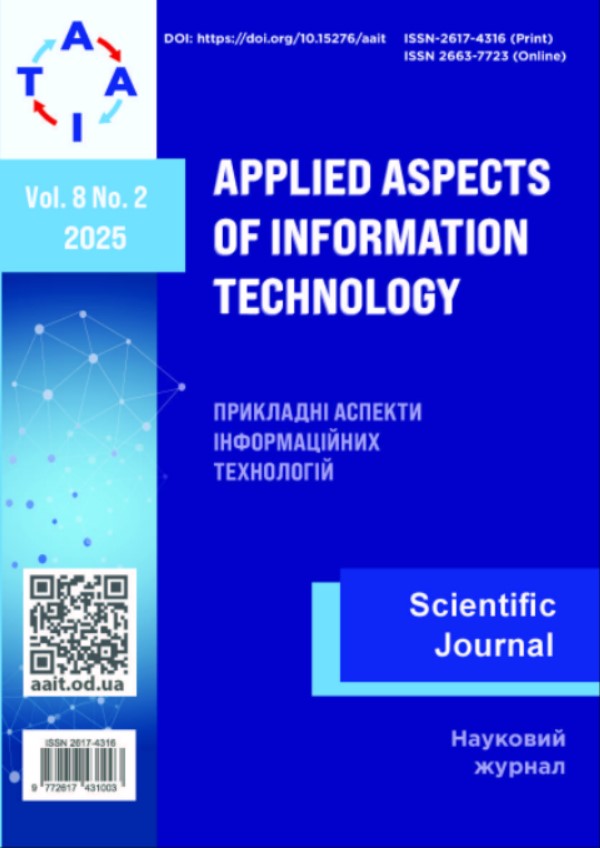A systematic approach to selecting architectural patterns for IoT development
Main Article Content
Abstract
The increasing complexity and scale of Internet of Things (IoT) systems, especially within industrial environments, pose significant challenges in system design, including issues of security, interoperability, scalability, and efficient resource utilization. With a wide array of architectural patterns available to address these challenges, developers often struggle to select the most suitable solutions. This paper presents a systematic methodology for evaluating and choosing the best combinations of architectural design patterns tailored for various IoT deployment scenarios. The approach begins by analyzing existing IoT design patterns and modeling their key operational characteristics. A structured template is used to describe each pattern, facilitating consistency and comparability. These descriptions are evaluated using a quality model comprising criteria such as reliability, safety, usability, responsiveness, adaptability, durability, interoperability, and security. A weighted-sum model, with adjustable criterion weights, transforms qualitative assessments into quantitative aggregated scores. This enables objective ranking of patterns and supports defensible architectural decision-making. The methodology is validated through multiple case studies, including general-purpose IoT systems (e.g., smart homes) and Industry 4.0 environments. In each case, patterns are selected based on system-specific priorities. Notably, high-performing patterns such as Cloud-on-the-Loop, Closed-Loop Control, and Role-Based Access Control align well with known best practices and demonstrate the method’s practical applicability. Sensitivity analysis further confirms the approach's adaptability, illustrating how changes in evaluation weights significantly influence the resulting pattern rankings. This systematic methodology improves the reproducibility, transparency, and flexibility of IoT architecture design processes. It empowers developers to tailor architectural solutions to specific domain needs while maintaining alignment with industry standards. Future research will explore extending the methodology to emerging IoT sectors, constructing specialized pattern catalogs, and integrating the selection framework into automated design tools to further streamline the development of IoT systems.



